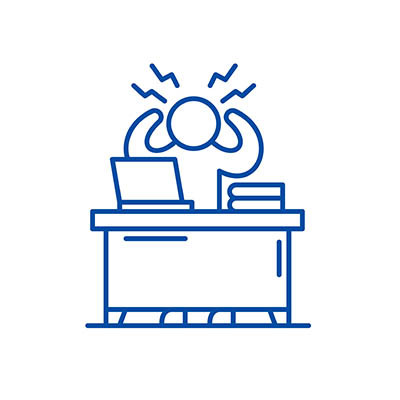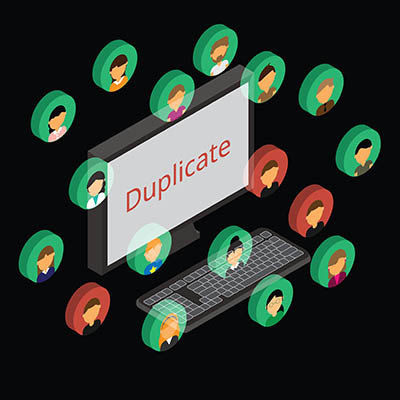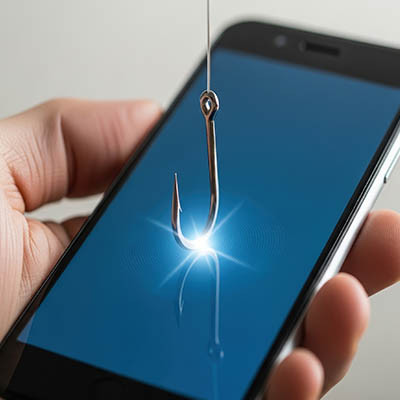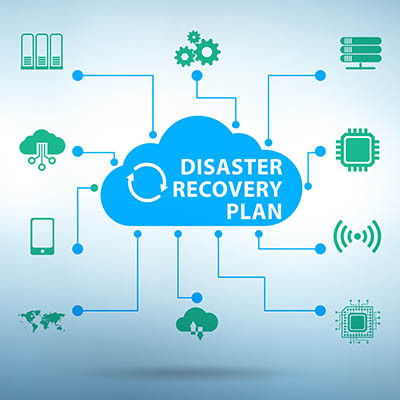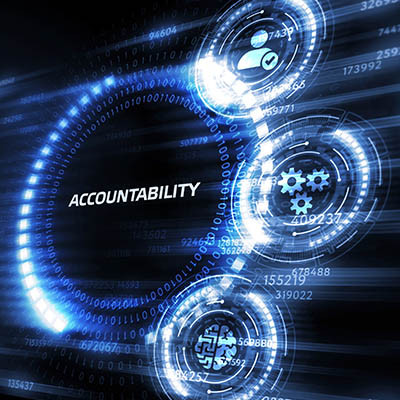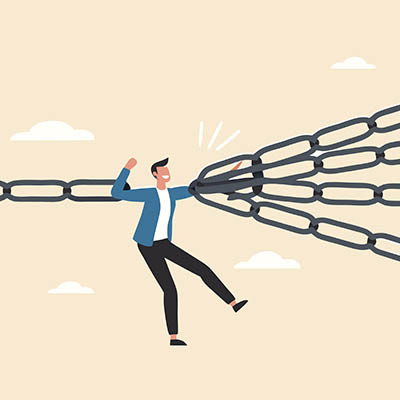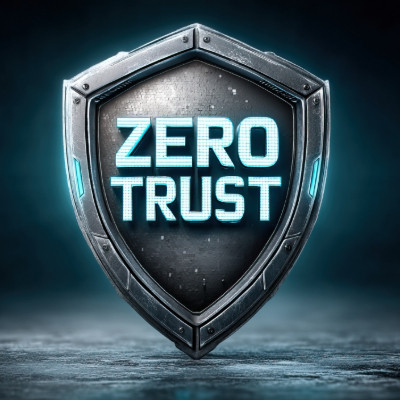Most business owners sleep soundly, believing their data is safe because they pay for a service called "backup." However, there is a massive, dangerous difference between having a copy of your files and actually being able to run your business during a disaster.
If you haven’t stress-tested your system, any safety net you feel your backup provides might just be an illusion. It’s time to ask the hard questions before the pressure is on.


